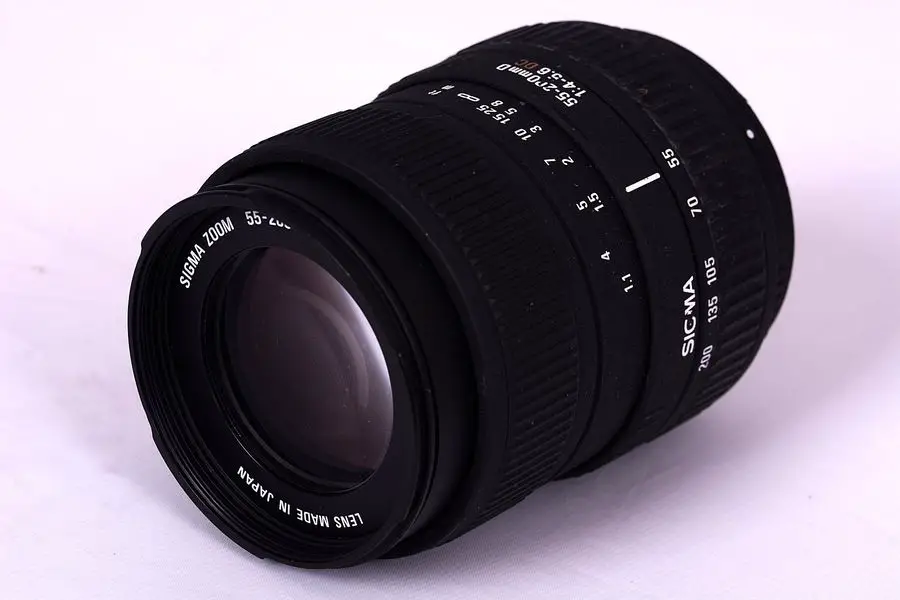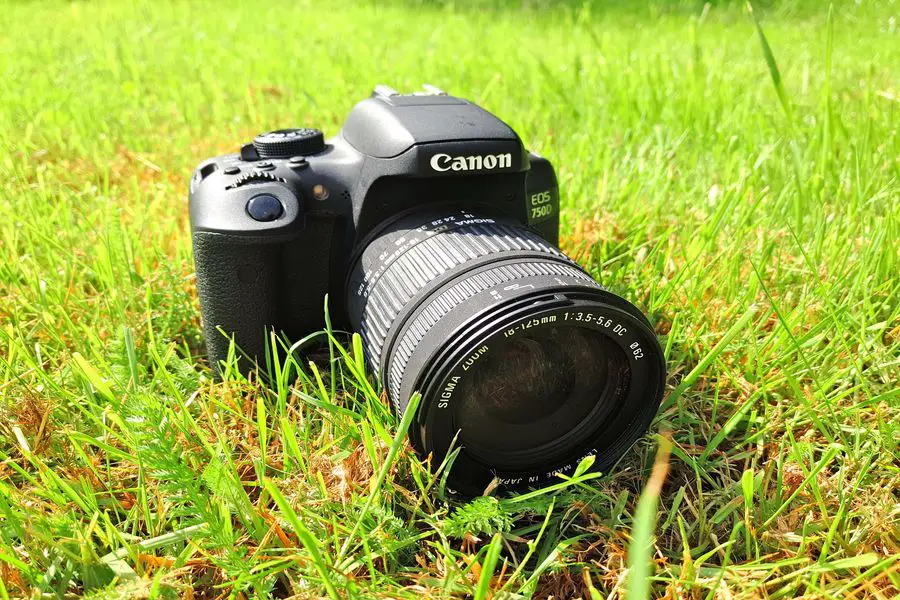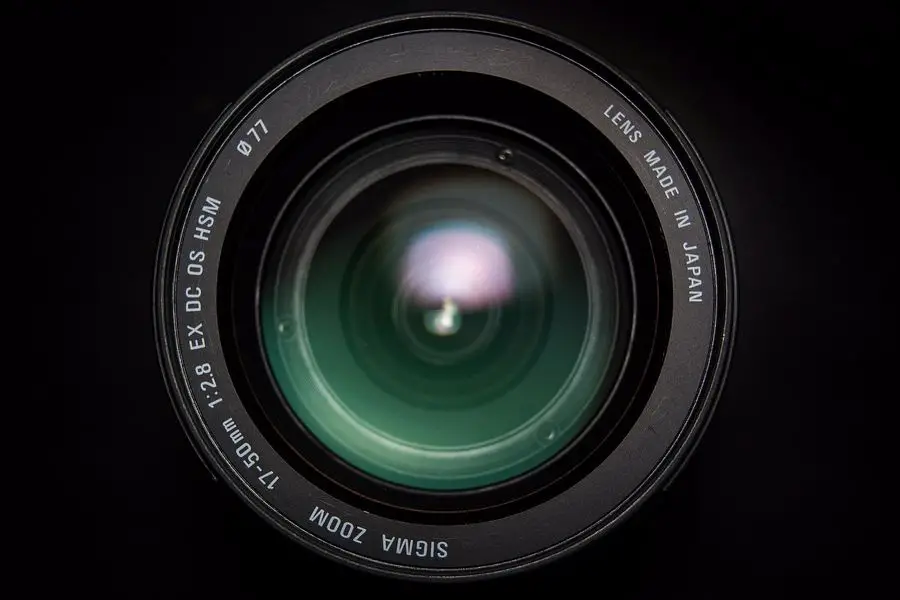As an Amazon Associate we earn from qualifying purchases.
There are several third-party manufacturers on the camera market which provide slightly cheaper accessories and Sigma is one of them. Sigma produces lenses that are cheaper than those produced by main companies but why are sigma lenses cheaper?
Contents
Why Are Sigma Lenses Cheaper?
Sigma lenses are cheaper because of a simple lens design, simplified manufacturing process, lower focus ability, lower quality of material used, and technological innovations. These factors contribute to lower manufacturing costs and thus lower prices.

Lens Design
The lenses produced by Sigma differ in quality from those produced by bigger brands such as Nikon and Canon. They have a lower resolution as well as some other factors such as their focus. Their focus does not work as well as the other lenses.
Manufacturing Process
Sigma has a very simplified manufacturing process. The process has very few steps and thus does not take up a lot of costs. It uses very few materials in this process which leads to lower costs.
Also, they make cameras of lower resolution. A slight increase in resolution increases manufacturing costs by a lot and hence the comparable Nikon and Canon lenses are more expensive.
Low-Quality Materials
Sigma uses comparatively lower quality materials than its counterparts. Although this lower-quality material results in lower quality lenses, it allows Sigma to reduce costs and thus charge a lower price.
Technological Innovations
Sigma has been around for some time and through research, they have lowered their costs. They employ skilled engineers who constantly look for technological innovations. Also, they have handled every step of the process including research and manufacturing themselves, thus reducing costs.
Price Effect on Quality of Images
While the lower price might implicate a lower picture quality, this is not always the case. Sigma lenses are produced to optimize image quality and are able to capture high-quality images. Although it is true that the quality might be lower compared to Nikon and Canon.
One more problem that usually comes up with Sigma lenses is the focus. Its focus does not operate as smoothly as the premium brands and this affects the smoothness of the pictures. However, Sigma has really worked on this issue and its newer lenses can take very sharp images.
Oversized Lenses
Another great critique that Sigma has received over the years is that it produces oversized lenses. When Sigma was first criticized for poor quality, they started producing oversized lenses. These lenses had the ability to capture good quality images but were a bit impractical.

However, Sigma’s newer lenses make sure that they have an optimum size without compromising on the quality of images they capture.
Compatibility
Unlike most third-party manufactured lenses, Sigma lenses are compatible with most cameras out there. These include Canon, Nikon, and Sony. In addition, there are specific Sigma lenses made for mirrorless cameras.
In Sigma lenses, DG signifies full coverage, that is, are compatible with almost all kinds of cameras. On the contrary, DN marked lenses are specially made mirrorless lenses.
However, there are issues with some camera models. For example, Sigma’s lenses do not cover Canon RF, Nikon Z, and some others. Moreover, there are some times when Sigma lenses do not work with cameras they are designed to work with.
Advantages of Sigma Lens
- They are far cheaper than the other lenses out there.
- The newer Sigma lenses have very sharp details, sometimes even better than Nikon’s lenses and Canon’s lenses. In fact, they offer focal plane sharpness at very wide apertures too, which is unheard of in other lenses.
- They are tested using AI devices to ensure that they are produced with top-notch quality.
- Some of the Sigma lenses have great quality at a low price. Hence, they provide good value to their customers.
- You might sometimes find a type of lens that is not produced by Nikon or Canon. A great example is the 8mm fisheye lens.
Disadvantages of Sigma Lens
- Their quality cannot compare to the premium lens produced by Nikon and Canon.
- Their resale value is very low and if you are planning on selling them, you would not get much.
- There is no guarantee that the Sigma lens you buy will be compatible with your Nikon or Canon cameras. You need to make extensive research before making a decision to purchase a Sigma lens.

Great Sigma Lenses
Sigma organizes all its lenses into three product lines. First are the contemporary lenses which deliver high performance. They are true all-around lenses while being lightweight and compact.
Another type is sports. As the name suggests, these cameras are built to capture movement and high-action performances. They are sophisticated and agile, allowing you to capture exactly what you want.
Their best lenses come under their ‘Art’ lineup. These lenses have wide apertures as well as great focus. However, they have large sizes as well as heavyweights which makes them incompatible for some people.
Sigma 50mm f/1.4 Art
These lenses are one of the best in their lineup. While lenses with these specifications are normally called nifty fifty, Sigma’s lenses give a whole new meaning to the word because they are priced lower than normal 50mm lenses.
These lenses have a fixed focal length and a wide aperture. With a wide aperture, you can create a very shallow depth of field. With 50mm lenses, you can capture Bokeh, portraits, and special low dispersion glass. It is compatible with most DSLRs out there too.
These are very widely used and are recommended for new photographers
Sigma 85mm f/1.4 DG HSM Art
This lens is made for cameras with very high image resolutions including full frame cameras with 50 megapixels. This lens can be used for portrait photography because they not only deliver a perfect Bokeh effect thanks to their wide apertures but offer a high resolution along with that!

Sigma’s multi-layer coating ensures that flares and ghosting are reduced and you can capture high contrast images even when you are shooting in backlit conditions.
Sigma 24-70mm f/2.8 DG OS HSM Art
These lenses come with a flexible focal length and thus you have the option to zoom in and out through them. Moreover, they are dust and splash-proof and are specially made for high-resolution cameras.
They come with built-in stabilization features and high-speed autofocus, both of which allow you to capture sharp images. These lenses can be used for portrait, fashion, and travel photography.
Moreover, these sensors come with a hypersonic motor that parallels those offered by Canon and Nikon. You have the option to switch between manual and autofocus just by rotating the focus ring present on these lenses.
Related Questions
What Is the Difference Between DC and DG Sigma Lenses?
DC Sigma lenses are made for cameras that have an APS-C sized sensor and are not designed to fit full-frame sensors. On the other hand, DG sensors are made for cameras that have a full-frame sensor but can also fit cameras with APS-C sized sensors.
Are Sigma Lenses Good?
Sigma lenses are good and one of the most obvious reasons to choose Sigma lenses is their price. If you are just starting out as a photographer and want to try various types of lenses to improve your art, then you should go for Sigma.
Conclusion
Sigma lenses are cheaper because of a simple lens design, a simple manufacturing process, and the use of low-quality materials. However, their quality is still great, and they can be used for all sorts of occasions. Just make sure they are compatible with your camera before buying them.
